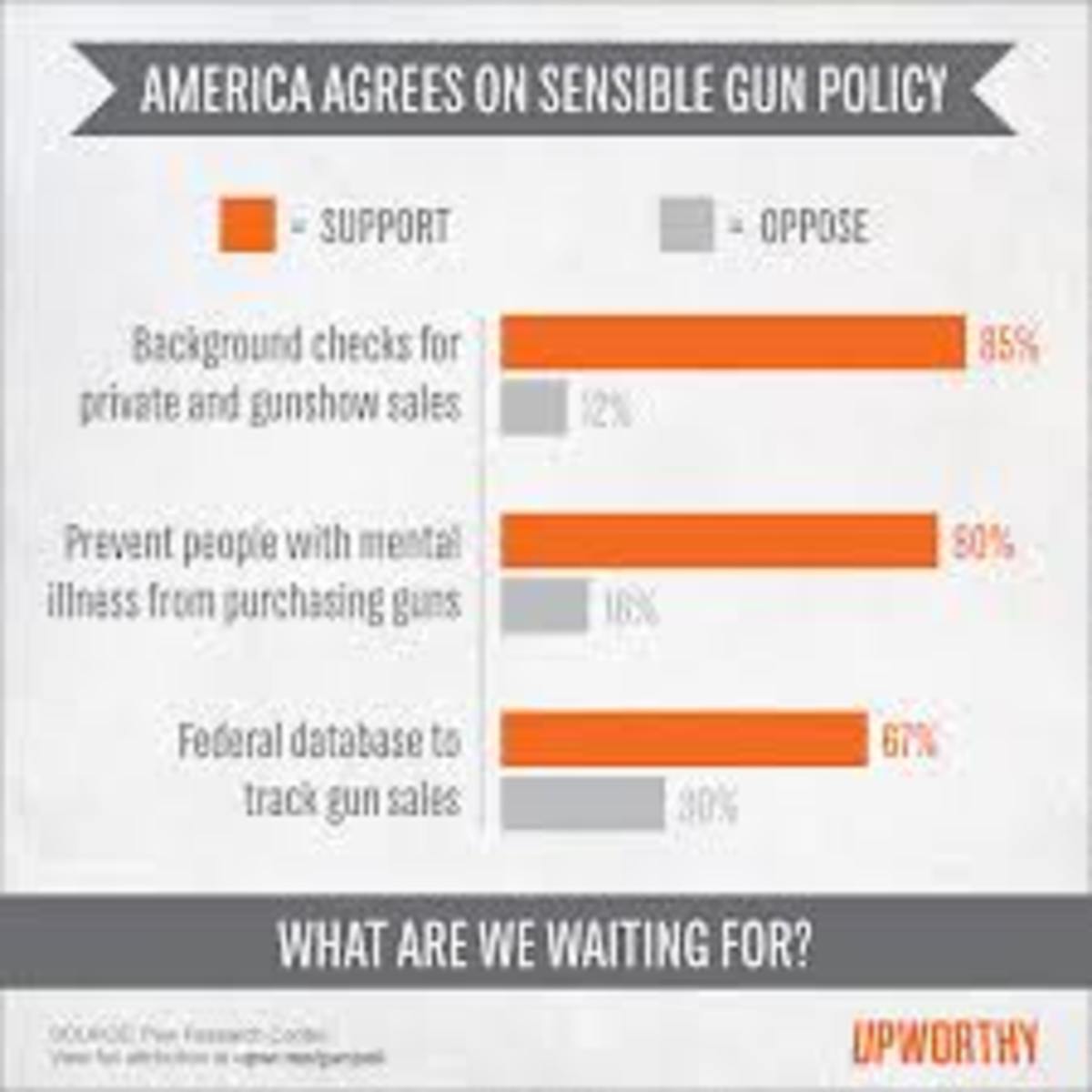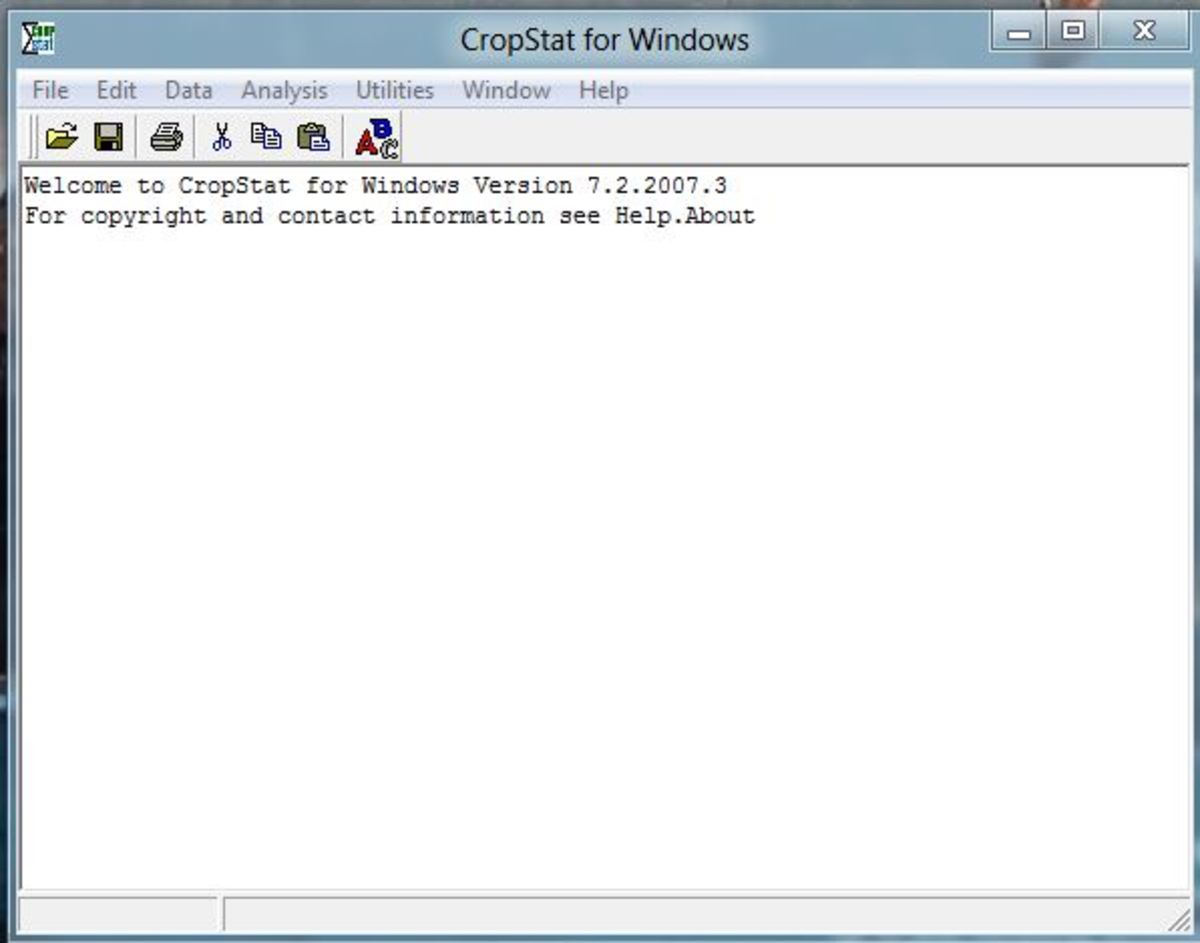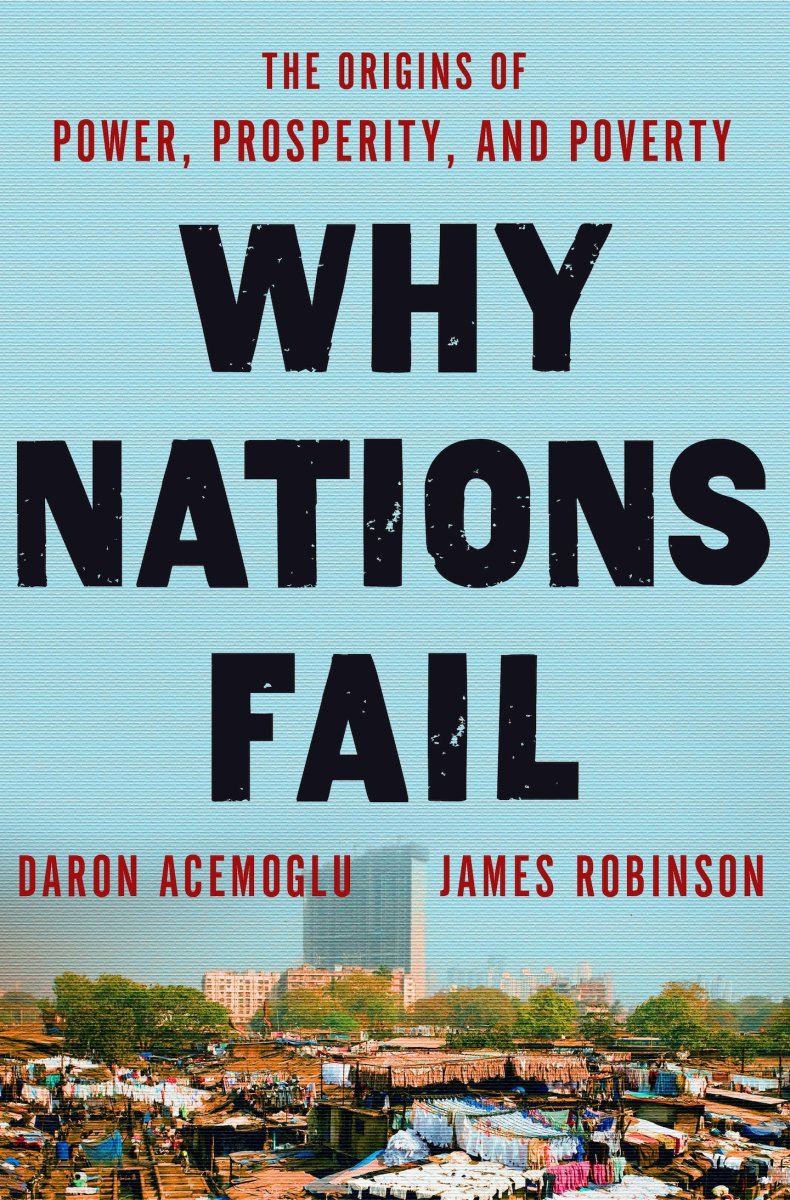- HubPages»
- Books, Literature, and Writing»
- Books & Novels»
- Nonfiction
Marija J. Norušis’ PASW Statistics 18 Guide to Data Analysis: An Overview and Review
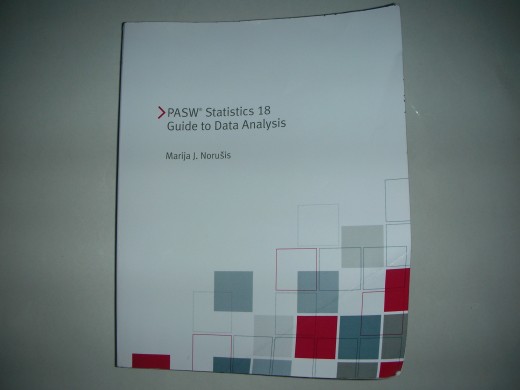

The thought of having to take Statistics was enough to make me cringe. It was the one course in my Ph.D. program that was I was dreading. I was no different than other people with a humanities background. While I always did fine in mathematic and science courses, I did not care for trying to calculate things, but I can remember formulas with no problem. Many of the questions just seemed so irrelevant. When I put in a request for the next class in my sequence, my advisor gently mentioned that it would be a good time to take Statistics. Her main reason for this decision was I was part of the old requirement and sequence program where Statistics was/is the last course you take before the dissertation phase. The new outline calls for this course to be first. However, she though it would be beneficial to get it out of the way and complete the course before the one I wanted to take. So I took her advice and made the switch.
I made sure to buy the course text in advance to make sure I would not be in over my head. What was the textbook? PASW Statistics 18 Guide to Data Analysis by Marija J. Norušis’.
Author's Background
Marija J. Norušis has a strong academic background and prolific publishing history that lend themselves well to the creation of PASW Statistics 18.
The author openly welcomes comments in the form of feedback and suggestions for her works. However, this should only be about the book and not the CD-ROM. You can contact Dr. Norušis via e-mail at marija@norusis.com. She also has a personal website, www.norusis.com, if you want to become more familiar with her work.
Book Basics
- Pages: 672
- Publisher: Prentice Hall
- Year: 2010
- ISBN: 978-0321690586
- Inclusion: CD-ROM
About the Book
The book is split into four parts and includes appendices. There are plenty of useful graphs of data and results from running statistics. After each chapter is two types of exercises: statistical concepts and data analysis. The back cover of the book has a two-paragraph description of the text. One is about the book in general, and the second details how the author influences the content of the book:
“The PASW Statistics 18 Guide to Data Analysis is a friendly introduction to both data analysis and PASW Statistics 18 (formerly SPSS Statistics), the world’s leading desktop statistical software package. Easy-to-understand explanations and in-depth content make this guide both an excellent supplement to other statistics texts and a superb primary text for any introductory data analysis course. With this book, you’ll learn how to describe data, test hypotheses, and examine relationships using PASW.”
The description continues as follows:
“Author Marija Norušis incorporates a wealth of real data, including the General Social Survey and studies of Internet usage, opinions of the criminal justice system, marathon running times, library patronage, and the importance of manners, throughout the examples and expanded chapter exercises. This unique combination of examples, exercises, and contemporary data gives you hands-on experience in analyzing data and makes learning about data analysis and statistical software relevant, unintimidating, and even fun!”
I must admit that the last sentence is actually true. I went into Statistics with fear and dread. I came out with a high mark and realized that with proper guidance and a good book, like PASW Statistics 18 Guide to Data Analysis, Statistics is manageable and can be fun.
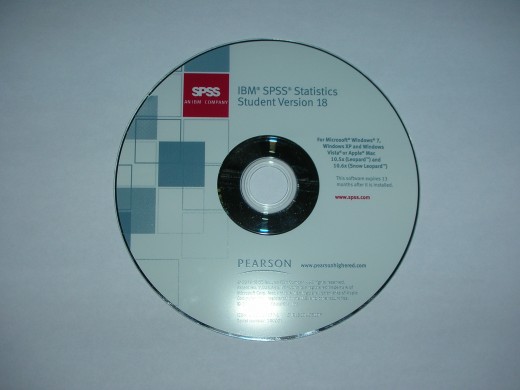
Book Inclusion
The book comes with a CD-ROM. It contains many data files. You are allowed to install PASW on two computers. But the registration only lasts for one year. In addition, this version is only meant for student use. That means, if you are not a researcher, student, or instructor, you cannot/should not use the CD-ROM.
Table of Contents
Please note this is not a detailed outline of the chapters. Only major headings are included.
Part 1: Getting Started with PASW Statistics
1 Introduction
2 An Introductory Tour of PASW Statistics
3 Sources of Data
Part 2: Describing Data
4 Counting Responses
5 Computing Descriptive Statistics
6 Comparing Groups
7 Looking at Distributions
8 Counting Responses for Combination of Variables
9 Plotting Data
Part 3: Testing Hypotheses
10 Evaluating Results from Samples
11 The Normal Distribution
12 Testing a Hypothesis about a Single Mean
13 Testing a Hypothesis about Two Related Means
14 Testing a Hypothesis about Two Independent Means
15 One-Way Analysis of Variance
16 Two-Way Analysis of Variance
17 Comparing Observed and Expected Counts
18 Nonparametric Tests
Part 4: Examining Relationships
19 Measuring Association
20 Linear Regression and Correlation
21 Testing Regression Hypotheses
22 Analyzing Residuals
23 Building Multiple Regression Models
24 Multiple Regression Diagnostics
Appendices
A Obtaining Charts in PASW Statistics
B Transforming and Selecting Data
C The T Distribution
D Areas under the Normal Curve
E Description of Data Files
F Answers to Selected Exercises
Bibliography
Index

